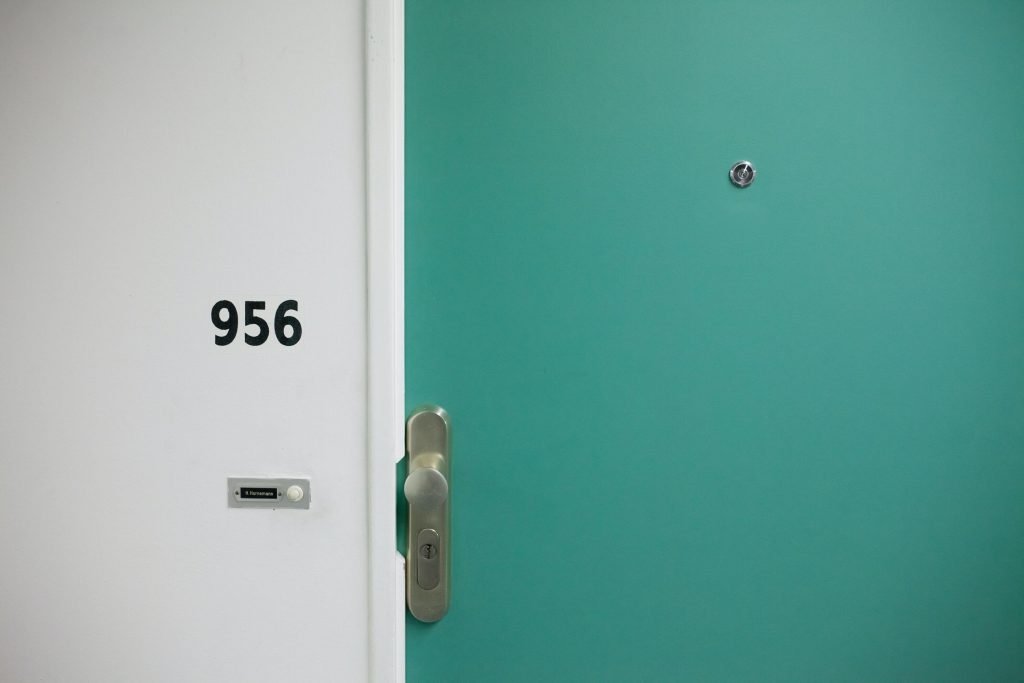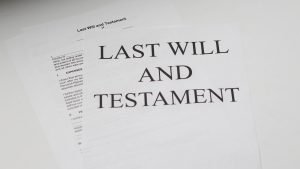
07.01.2022
The dissolution of the community of property
What is the separation of the community of property? What are the causes of separation of the community of property? Who can concur in the separation of the community of property? Can the division harm a third party? What happens in case of a covenant of indivision? Is a public deed necessary?
 Por
Osa Otero, Sandra
Por
Osa Otero, Sandra Community of property exists when the ownership of a property belongs pro indiviso to several persons. For example; three brothers who have inherited each a third of a property, are co-owners of the same. In many occasions, the co-ownership generates discrepancies and for the co-owners it is impossible to remain within the community. For what, finally, these opt for the separation of the Community.
Contacto No te quedes con la duda, contacta con nosotros. Estaremos encantados de atenderte y ofrecerte soluciones.Purpose of the separation of the community of property
The purpose of such separation is the extinction of the condominium, in other words, the cessation of co-ownership. This action can be carried out by any co-owner. It is an imprescriptible and unrenounceable right held by the Partners. Unless there is an agreement to the contrary. This is recalled by the SSTS 15 June 2012 (Tol 2567088) and STS 17 July 2012 (Tol 2660106). As they are also entitled to their portion or share generated by the sale of the property. Since there is no obligation to maintain the property.
There is no specific time to carry out the dissolution, unless it is stipulated in the contract. It can take place as soon as the partners request it or when required by the Community itself.
What are the causes of separation of the community of property?
The causes of separation can be divided into three different groups. Thus, in the contract of incorporation of the community of property the causes of dissolution of the community of property can be regulated. In addition, such causes can be agreed subsequently and unanimously by the Partners. Or, for the following reasons:
- Consolidation. Occurs when the quotas of the different owners become the property of a single co-owner, so that there is no longer co-ownership.
- Loss or destruction of the thing. The object of the property, for which the community existed, has disappeared, which means that the joint ownership is no longer necessary.
- Resignation, death, declaration of insolvency or incapacity of a partner.
- Voluntary division by a co-owner.
Assets may be divisible or indivisible in nature. If they are divisible, each owner is assigned a percentage of the divisible property corresponding to his share. The exit of a partner will not extinguish the community, as long as at least 2 remain in it.
If we are dealing with an indivisible good (e.g. a house), it does not have the same characteristics that those mentioned above. Further problems as arise as the common thing is impossible to divide as to do so, it would render it unusable.
As it is stated in article 404 CC, the partners have to reach an agreement so that the property passes to one of them. And if there is no agreement between the partners, the property will be auctioned and the result will be distributed. Therefore, in this situation, unanimity is not required for the dissolution.

Si te ha interesado este artículo no dudes en leer:
Obstacles in the distribution of the inheritance.
What about third parties?
There may be special situations in which there is a mortgage, a right of use or a right in rem. In these cases, even if a co-owner decides to leave the condominium, the third party retains his rights, i.e., he is not prejudiced.
In the case of a mortgage, the consent of the creditor is not required and the debtor remains linked to the mortgage. Ceasing to be co-owner of a property, without ceasing to be the holder of the mortgage loan. Therefore, in case of non-payment of the installments, the bank can claim the co-owner who no longer has any percentage in the property.
As for the right of use, it does not affect the usufructuary either. As reiterated by the Supreme Court in the Judgment of April 2, 2008.
And if there is a covenant of indivision?
The existence of a covenant of indivision of the common thing makes it impossible to break the pro indiviso. It has, however, a determined term that cannot exceed ten years. Unless the co-owners agree to an extension (Article 400 of the Civil Code).
Is a public deed necessary for the separation of the community of property?
The recording in public deed of the separation of the community of property is not always necessary. But it will be, according to article 1280 CC, when the dissolution has as object to create, to transmit, to modify or to extinguish real rights. That is to say, when it concerns apartments, houses, land, plots of land, etc.
If a community of goods that develops a common activity is going to be dissolved, it does not need a public deed.
When signing the contract of dissolution in public deed, it must be recorded the adjudication of the different goods among the co-owners.
Conclusion
The separation of a community of property can be carried out at the moment in which one of the co-owners deems it appropriate. The above, as long as there is no covenant of indivision. In this way the partner will cease to form part of it, or the partnership will be dissolved.
In addition, this fact will not affect third parties who have rights over the common thing. If the separation affects real rights (such as a lease of a house) it must be recorded in a public deed.
If this article has been of interest, we also suggest you to read the following article published on our website:












